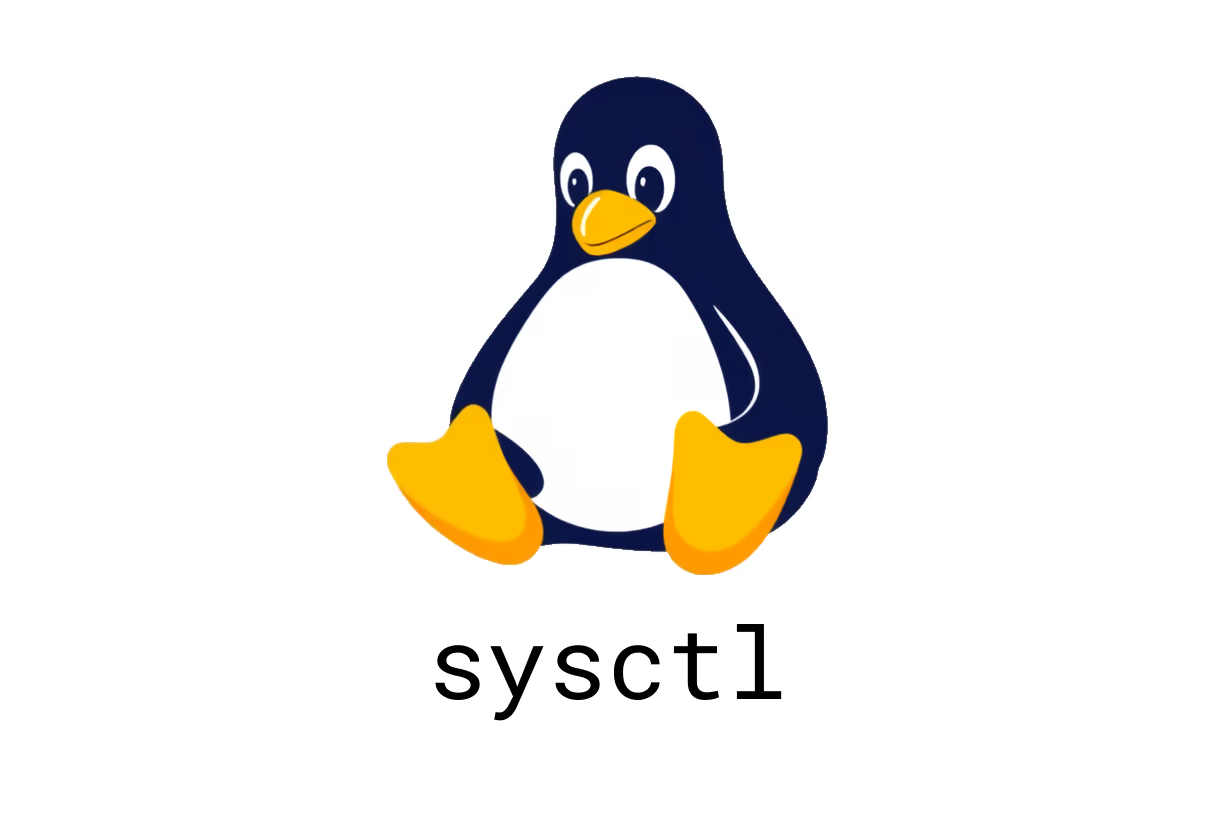
What is the sysctl Command and How Can It Enhance Your Linux Experience?
Understanding the sysctl Command in Linux
The sysctl command is a powerful tool in Linux for managing kernel runtime parameters. With it, you can both list and modify variables that control the behavior of the kernel at runtime. In this post, we will explore the basic functionalities of the sysctl command, its syntax, and some common operations.
Overview of sysctl
The primary purpose of sysctl is to provide an interface for examining and changing kernel parameters. This is particularly useful for tuning system performance and behavior without needing to reboot the machine.
For more comprehensive details, you can refer to the manual page at manned.org.
Key Commands
-
List All Variables: To see all available kernel parameters and their current values, use:
sysctl -aThis command will output a list of all tunable parameters along with their current settings.
-
Modify a Kernel Variable: You can change the value of a tunable kernel parameter with the following command:
sysctl -w section.tunable=valueReplace
section.tunablewith the actual parameter you wish to modify andvaluewith the desired value. -
Check Open File Handlers: To monitor the number of currently open file handlers, run:
sysctl fs.file-nrThis will return three numbers indicating the number of allocated file descriptors, the number of free file descriptors, and the maximum number of file descriptors.
-
Get the Limit for Open Files: To check the maximum limit of simultaneously open files, use:
sysctl fs.file-maxThis is crucial for applications that require handling of a large number of concurrent connections or files.
-
Apply Changes from Configuration File: You can apply any runtime changes defined in the
/etc/sysctl.confconfiguration file with the following command:sysctl -pThis command is helpful for applying settings after system boot or changes made to the configuration file without rebooting.
Conclusion
The sysctl command is an essential utility for system administrators and users looking to optimize kernel parameters on-the-fly. Whether you’re tuning performance or troubleshooting issues, understanding how to list and modify these kernel variables can greatly enhance your system management skills. Always refer to the official documentation and ensure you understand the implications of changes to kernel parameters before applying them.